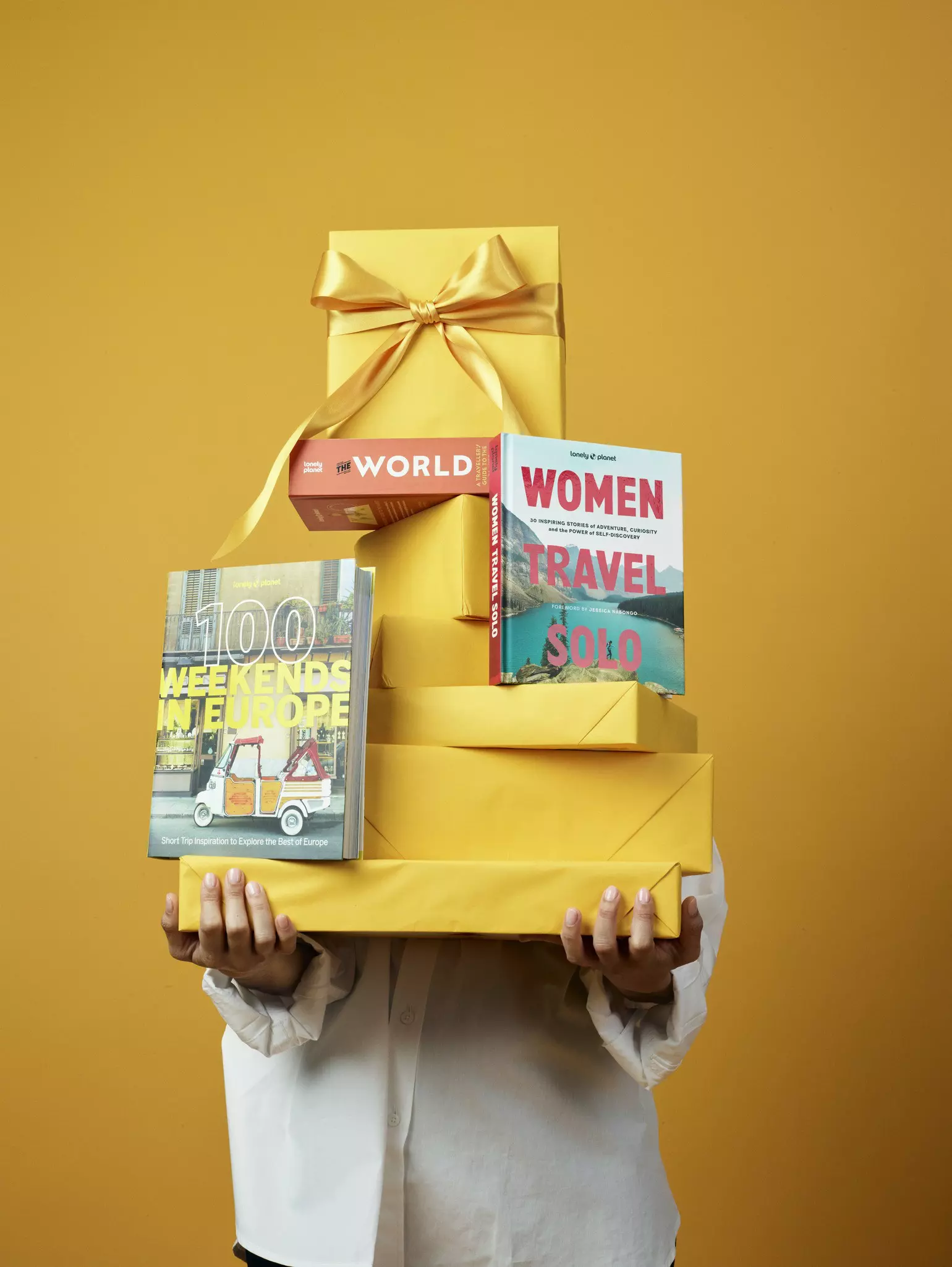

Advance planning is the key to getting the most out of your visit to the Tuscan capital. Andrii Marushchynets/Shutterstock
Florence has been a key destination on Italian itineraries since the Grand Tour days, when British and German aristocrats traveled through the peninsula to enrich their cultural baggage and gain status. While much has changed since the 17th and 18th centuries, the Tuscan capital remains a major draw, as proven by the thousands of people who reach the city every day.

With an abundance of world-class museums, restaurants and architectural wonders, planning ahead is essential to make the most out of your trip to the cradle of the Renaissance is essential. Here are the things you should know before getting to Florence.
1. Add an extra day or two to your stay
The vast majority of travelers visiting Florence only spend a couple of days in the city. While it is true that the historic center is compact, taking it all in such a short time can be overwhelming. Queues are to be expected around major sights – especially in the high season (April to October) – and as soon as you arrive you will realize that each alley, square and building has a story to tell, a story that deserves more than a hurried glance. Plan for four or five days to avoid rushing from one place to the other and to have some time for spontaneous detours.
2. Getting to the city from the airport is easy with public transport
Expensive taxi rides are easily avoided when flying into the city. Florence’s Amerigo Vespucci airport is well connected to the city center thanks to the T2 tram that runs to and from the Santa Maria Novella railway station. Tickets only cost €1.70 and the trip takes about 25 minutes.
3. Consider arriving in a city nearby
When looking for the best way to reach Florence from abroad, it may be worth checking flights to other airports as well. Florence’s airport is relatively small and not serviced by many low-cost airlines. Pisa’s Galileo Galilei airport sees a lot more traffic – nearly double the passengers than Florence – and links to many European cities thanks to frequent Ryanair, EasyJet, WizzAir and Vueling budget flights. Getting to Florence from Pisa takes a little over an hour with a regional train.
Another destination worth looking into is Bologna, in the neighboring Emilia Romagna region. More low-cost airlines operate in Bologna than in Florence and high-speed Trenitalia and Italo trains run between the two cities in under 40 minutes.

4. Bring comfortable shoes and walk everywhere
Once you reach the inner city, walking is the best way of getting around. The UNESCO-inscribed historic center of Florence, contained between its ancient walls and newer ring road, covers an area of approximately 5 sq km and the main attractions can all be explored on foot.
There are alternatives: two tram lines run east and west of the city center and bike-sharing services are available in all neighborhoods. Still, with crowds flowing through the narrow streets of Florence’s historic core, walking is often faster and more enjoyable than any other means of transport.
5. Art and history buffs should check out Firenze Card
The Firenze Card is a pass that allows access to most of Florence’s museums for 72 hours, starting from the first visit. At €85 it’s not exactly cheap, but if you are planning to explore many cultural institutions it may be more convenient than buying individual tickets at each entrance. Check the complete list of included attractions on Firenze Card’s official website.
6. Make restaurant reservations
Some of the more popular trattorie fill up their seats days in advance – if you have specific restaurants you intend to visit during your stay, it’s worth giving them a call to make sure a table in advance. There are exceptions – some historic eateries such as Trattoria Sabatino, Osteria Centopoveri or Trattoria Mario continue to function on a “first come, first served” system. Remember that Italians tend to dine late – don’t expect restaurants to serve food before 7pm.

7. Expect queues to meet David (even with a timed ticket)
It is possible to buy tickets for the Galleria dell’Accademia, home to Michelangelo’s David and other Renaissance masterpieces, valid for specific time slots. This, however, does not ensure that you’ll avoid standing in line outside the museum. Your best chance at avoiding queues and crowds is by visiting first thing in the morning by booking a ticket soon after the opening.
8. Visit Palazzo Pitti before 8:55am for a discount
Palazzo Pitti, the former residence of the Medici family and the largest palace on the southern side of the Arno River, houses one of Florence’s most impressive collections of art, Renaissance-era furniture, period costumes and porcelains, plus a rich program of temporary exhibitions. During most of the year, you will receive a discount if you enter the museum before 8:55am – you will be rewarded for waking up early by paying €12 instead of €16.
9. Don’t expect all museums to be open at all times
In a city that promotes itself as the ultimate art destination, you’d expect opening times to be somewhat consistent. Think again – each institution opens and closes on different days, at different times, with changing hours depending on the season. For instance, the Uffizi closes on Monday, the Cappelle Medicee museum closes on Tuesday and Cappella Brancacci opens on Monday, Friday and Saturday between 10am and 5pm. When planning your tours, make sure to check the opening hours of every museum on your itinerary.
10. Florence is safe, but…
Florence is a safe city, but incidents that can ruin your trip can happen. Pickpockets have been reported in busy areas such as the Santa Maria Novella railway station and on public transport during peak hours when trams are packed with passengers. Keep an eye on your belongings in crowded areas.














